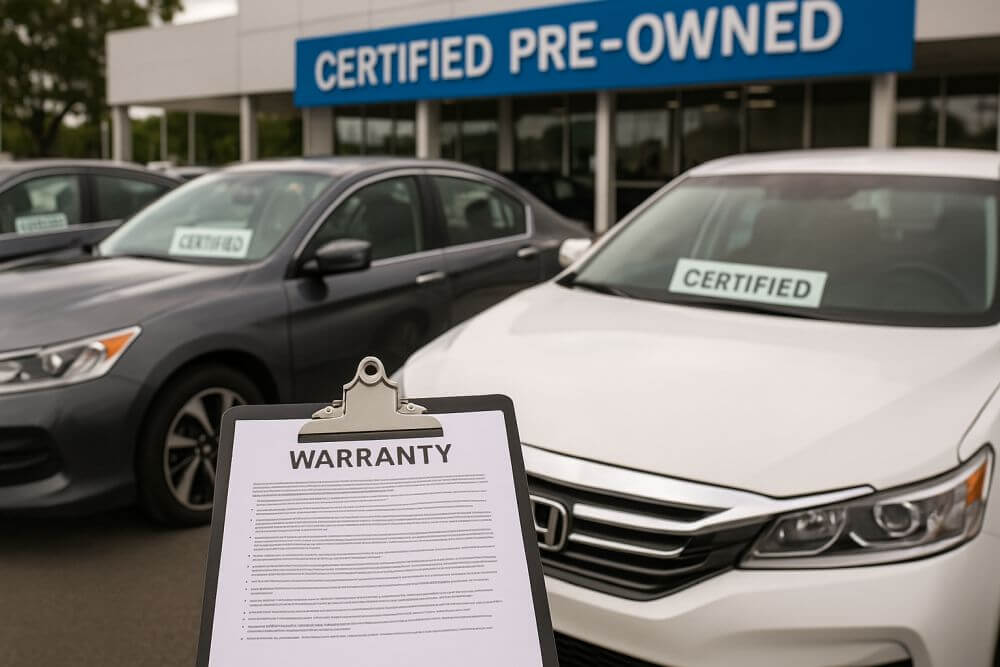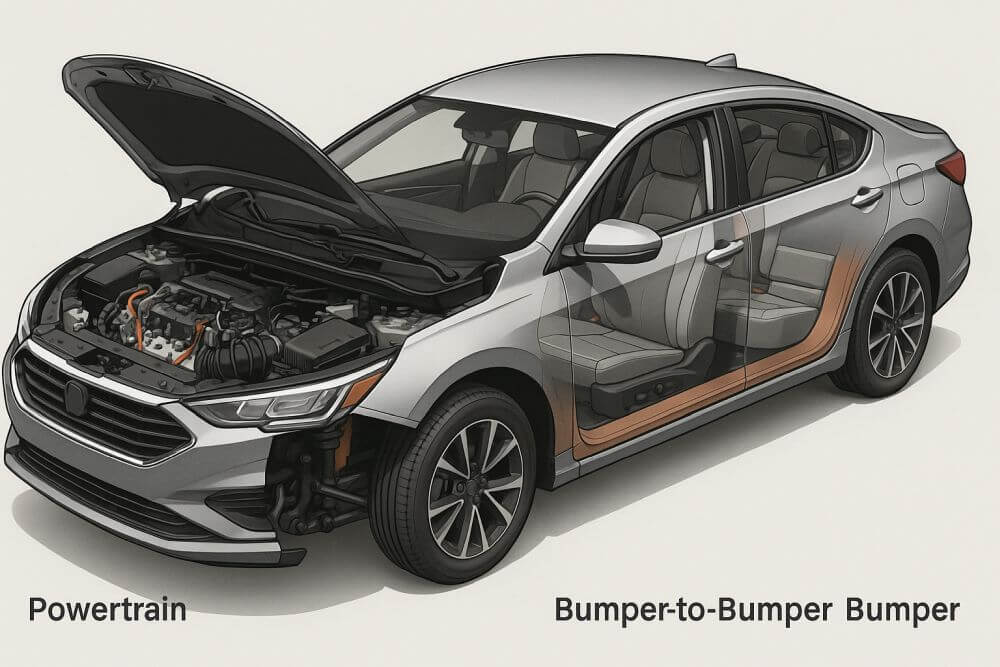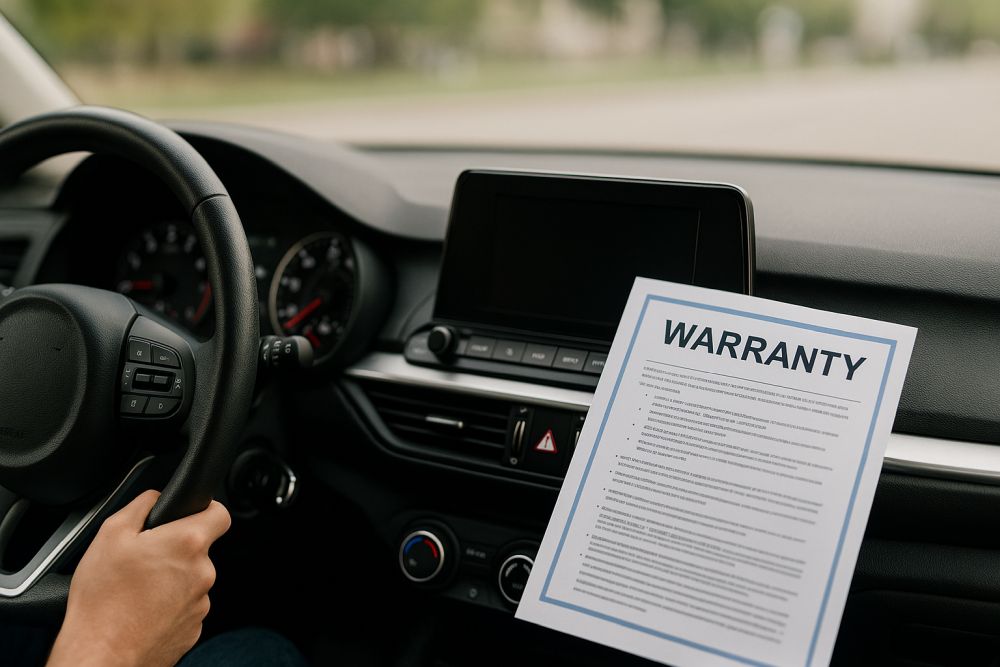Buying a used car comes with its own set of challenges, particularly in Wisconsin. From harsh winters to unpredictable weather, it’s essential to ensure that the used car you’re considering is up to the task. Here’s a step-by-step guide to help you navigate the process and make an informed decision. 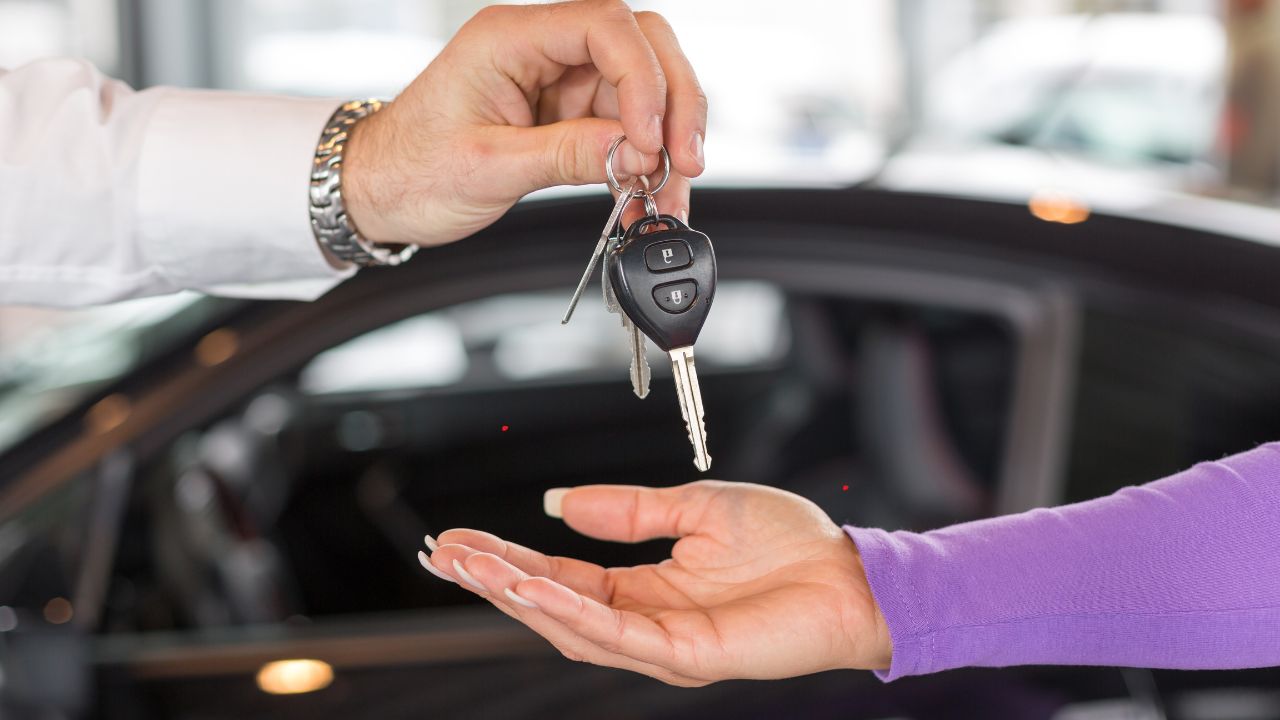
1. Research the Vehicle History
Before you even step foot in the car, start with researching its history. Request a Vehicle History Report (VHR) using the car’s VIN. This report provides crucial information about past accidents, title issues, and previous owners. If you’re considering a car with an unknown history, you can use a Wisconsin license plate lookup owner service to gather details about the car’s past.
2. Inspect the Exterior
The exterior of the car is your first clue about its condition. Walk around the car and look for:
- Rust and Corrosion: Wisconsin’s road salt can cause rust, particularly on the undercarriage and wheel wells.
- Paint Consistency: Check for mismatched paint, which could indicate previous body work.
- Dents and Scratches: These can affect the car’s aesthetic and might reveal underlying issues.
3. Check the Interior
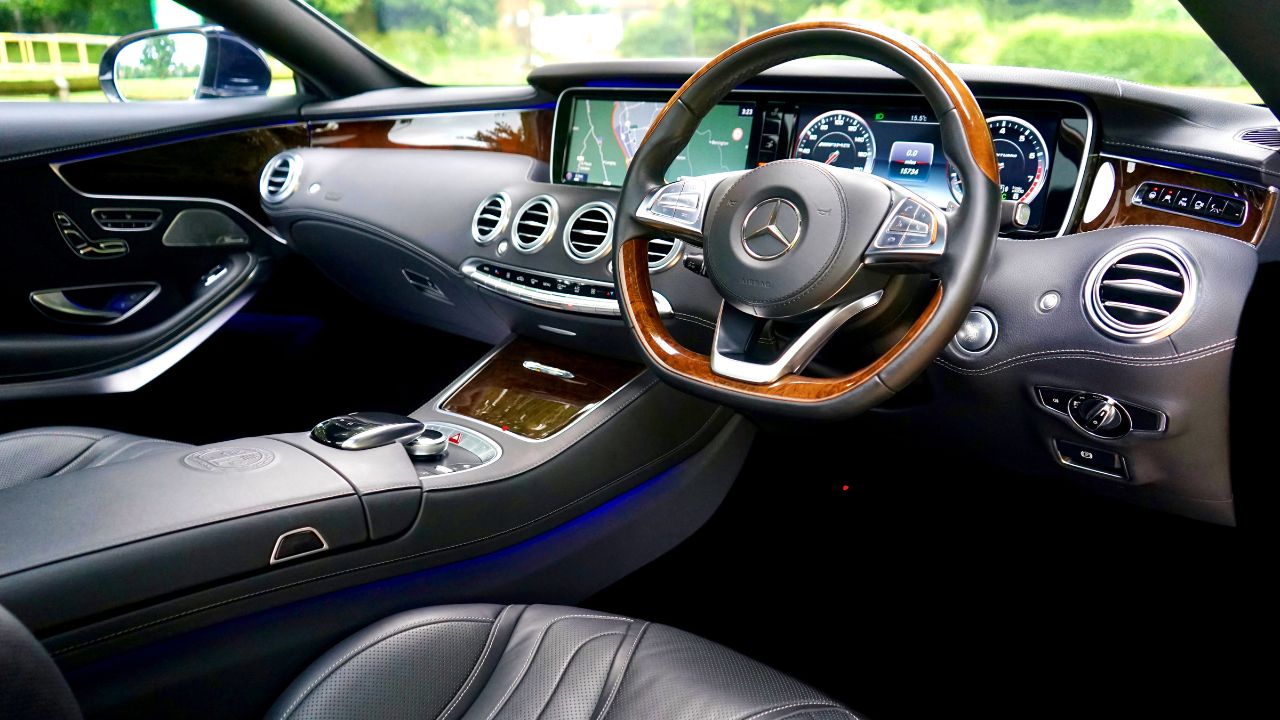 The interior of the car can tell you a lot about how well it has been maintained. Focus on:
The interior of the car can tell you a lot about how well it has been maintained. Focus on:
- Seats and Upholstery: Look for signs of excessive wear or damage.
- Dashboard and Controls: Ensure that all controls and displays function properly.
- Odor: A musty or moldy smell could indicate water damage.
4. Examine the Engine
The engine is the heart of any vehicle. A thorough inspection can prevent future headaches. Check for:
- Fluid Leaks: Look under the car for any signs of leaking fluids.
- Engine Oil: The oil should be a clear brown color, not black or gritty.
- Belts and Hoses: These should be intact and free of cracks or leaks.
5. Test Drive the Car
A test drive is crucial. It allows you to experience the car’s performance firsthand. During the drive, pay attention to:
- Engine Performance: It should start easily and run smoothly.
- Brakes: They should be responsive and free of noise.
- Transmission: Check for smooth shifting without hesitation or jerking.
- Suspension: Listen for any unusual noises when driving over bumps.
6. Get a Professional Inspection
Even if the car seems perfect, it’s wise to have a trusted mechanic inspect it before you make a purchase. A professional can identify hidden problems that might not be visible to an untrained eye.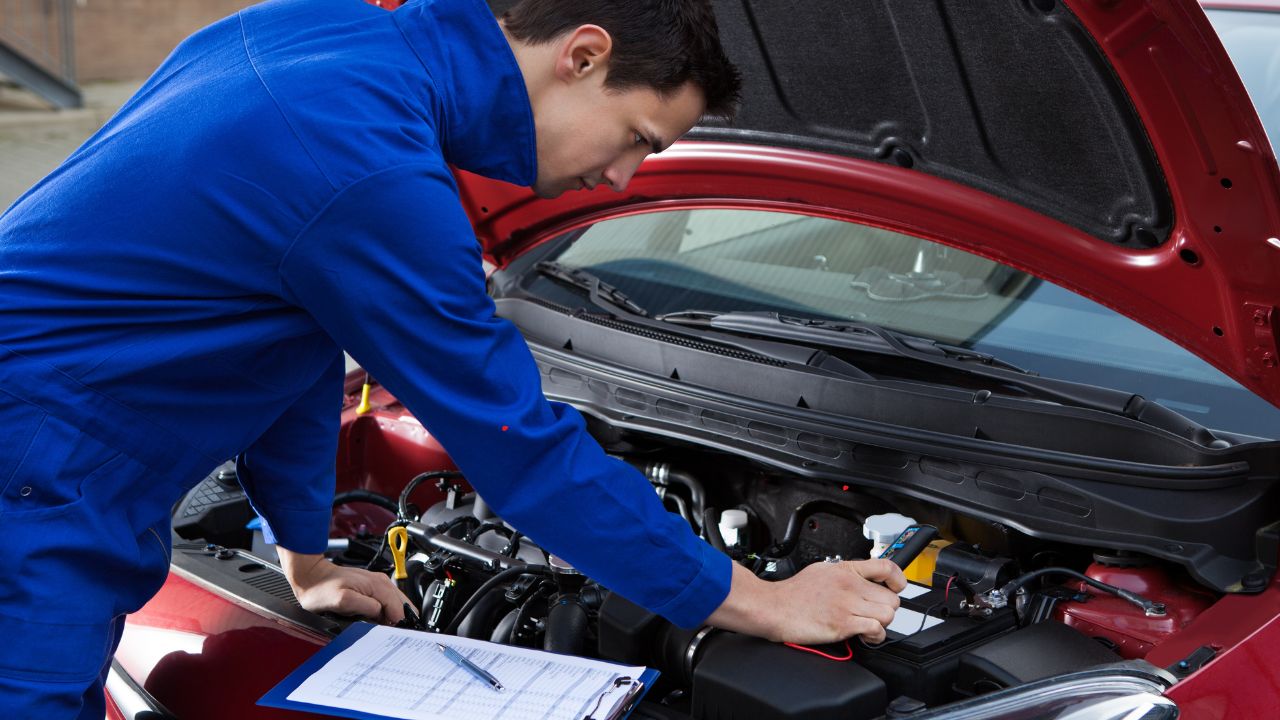
7. Verify the VIN
Make sure the VIN on the car matches the one listed in the Vehicle History Report and title. This ensures the car’s identity hasn’t been altered. You can also use the license plate to VIN lookup to double-check this information.
8. Review the Paperwork
Before finalizing the purchase, ensure that all paperwork is in order:
- Title: Verify that the title is clear and not marked as salvaged or rebuilt.
- Registration: Check that the registration is current and matches the seller’s information.
- Bill of Sale: Ensure it includes the vehicle’s details and the agreed-upon price.
9. Understand Wisconsin-Specific Considerations
Wisconsin’s climate and road conditions can impact used cars in unique ways. Be aware of:
- Cold Weather Impact: Extreme cold can affect battery life, fluids, and tire performance. Make sure the car is equipped to handle Wisconsin winters.
- Road Salt Damage: Inspect for rust, especially on older vehicles. This is common due to road salt used during winter months.
- Tire Condition: Check for wear and tear, as tires can be affected by harsh weather conditions.
10. Negotiate the Price
Once you have all the information and inspections are complete, use this knowledge to negotiate the price. Point out any issues or needed repairs to justify a lower offer.
Final Thoughts
Buying a used car in Wisconsin requires careful consideration and thorough inspection. By following these steps, you can ensure that you’re making a well-informed decision. Remember, taking the time to research and inspect the car can save you from future problems and help you find a reliable vehicle suited to Wisconsin’s climate.
